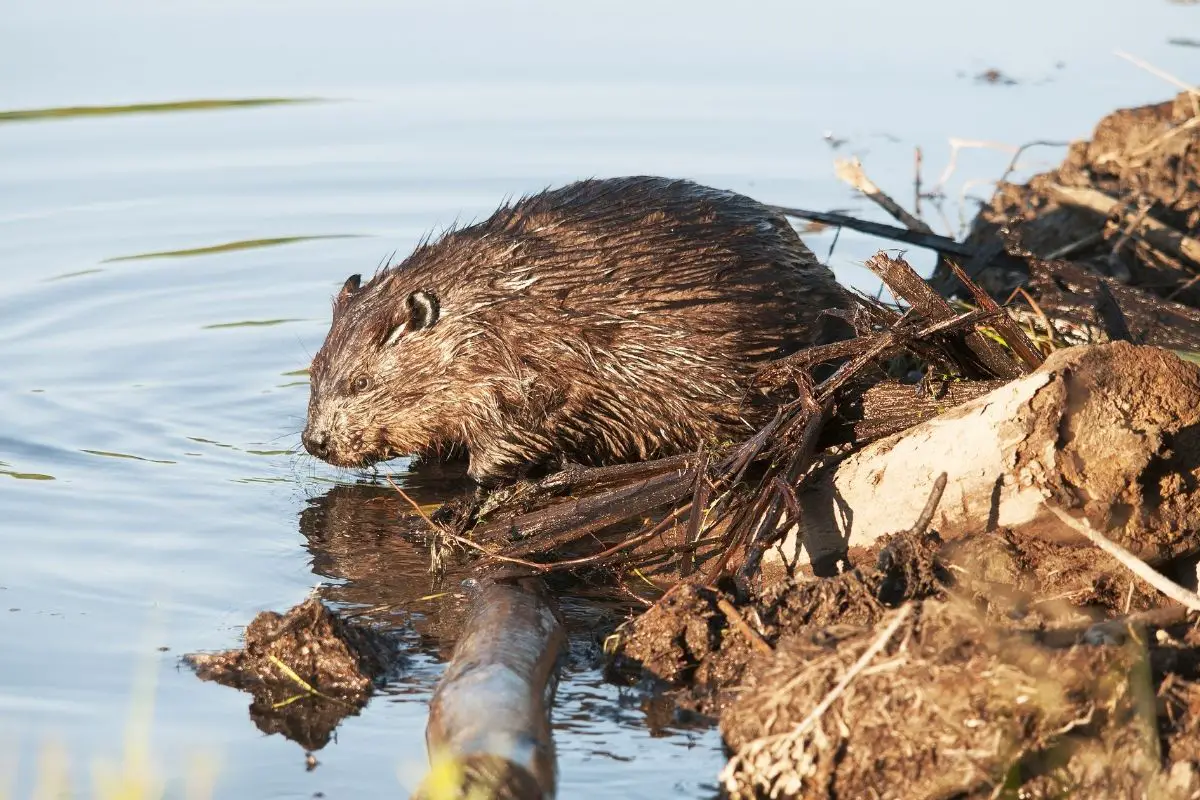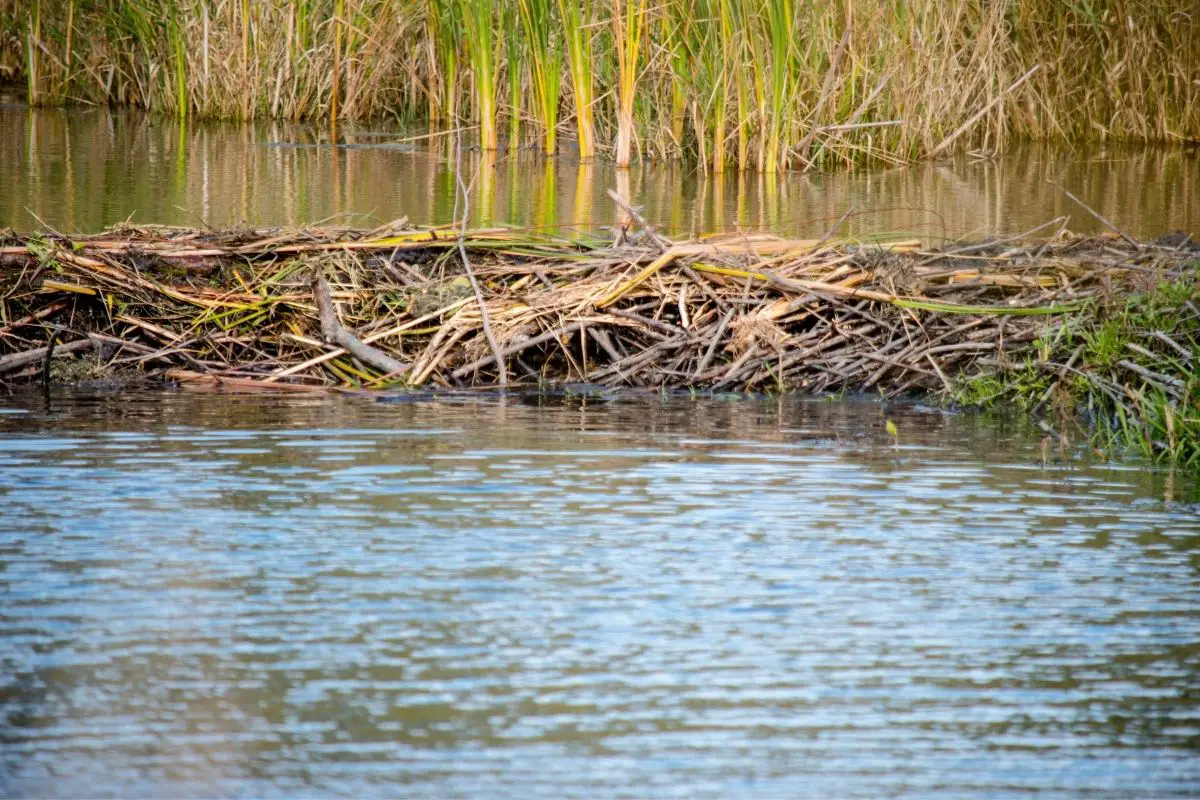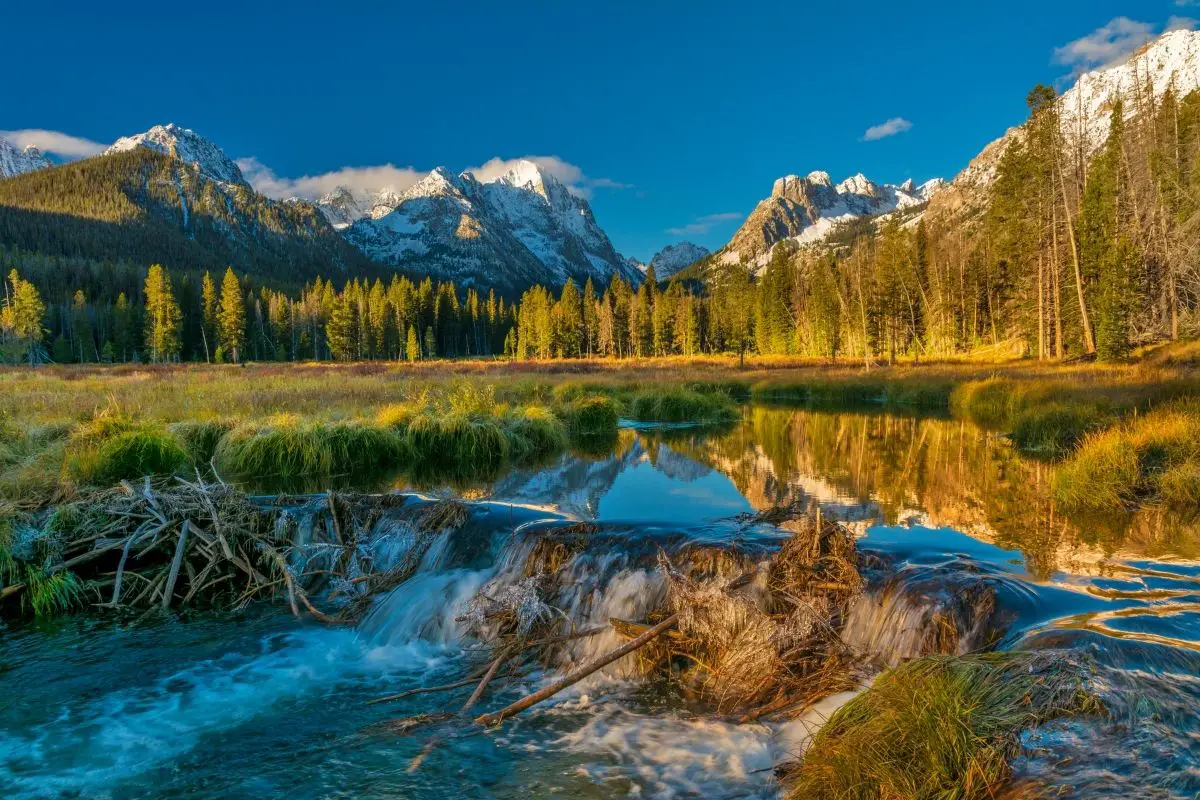
Beavers hate the sound of running water because they think that their dam could be having leaks. If they hear the sound of running water, they work for long hours to locate and repair the leak. This is why beavers go out daily to inspect the dams for leaks or defects.
According to the understanding of beavers, a dam should remain quiet, and the sound of running water indicates structural damage. Beavers are prompt to make any repairs in their dams, and they determine the success of the repairs depending on how quiet the water will be. In this article, I have articulated why beavers hate running water, among other exciting behaviors about these amazing semiaquatic rodents.
What Are Beaver’s Dams?

Also known as beaver impoundments, beaver’s dams are ponds that they create to offer protection from numerous sorts of predators such as wolves and bears. The dams also provide easy access to food in the winter season. These dams are a great modification to the ecosystem, which has led to beavers getting the nickname ecosystem engineers.
I thought that beaver dams looked like a typical heap of sticks from a distance. But getting closer, I noticed the outrageous effort and skill utilized in establishing every structure. The dams are watertight, and they use materials such as mud, sticks, and rocks to ensure that the dam harbors their families and their food.
Beavers are prolific builders and execute most of the work during the night. They are very creative in their construction as they start by diverting the water to reduce the flow pressure. The next step is driving branches and logs in the mud to form a base.
Sticks, barks, rocks, mud, grasses, leaves, and anything else at their disposal are used to reinforce the construction. They drag these materials and carry others with their jaws until the dam has flooded up to the proper depth. Beaver’s jaws are powerful as they can cut a 1.5-centimeter branch in a single bite.
Most of the maintenance work on the dam and lodge is done in the autumn. These dams vary in length, but they range from a few meters to approximately 100 meters, while the canals can go above 0.5 km. The largest-ever beaver dam is located in Wood Buffalo National Park in Canada.
It measures 2,790 feet in length, a combination of two dams and several lodges.
The Effects of Beaver Dams on the Ecosystem

Beavers are one of the largest rodents in the world and have numerous adorable features. Dam building is one of their most notable features and has numerous advantages to the ecosystem. These dams are essential in restoring wetlands, including flood control and providing habitats for different animal species.
In addition, beaver dams are imperative in water cleansing as they help in the retention of silt and the breakdown of toxins from pesticides. They also help mitigate soil erosion and have offered protection for most of the endangered species in North America. Beaver dams are also good for economic importance, such as serving as ponds for salmon and trout.
The primary reason of using beaver dams as nurseries for trout and salmon is that the ponds are deep enough to hide from predatory birds. Additionally, the dams trap nutrients, ensuring that the fish are nourished during their growth. As stated earlier, beavers ensure that the dams have calm waters, which is very imperative in rearing juvenile salmons.
Calm waters help the juvenile fish to use the energy for growth rather than surviving in the currents. Beaver dam’s waters are clean, which favors the rearing of salmons. Despite all the above merits of beaver dams, they can also be destructive.
This is because when the construction breaks, the flooding can destroy nearby property and infrastructure. For instance, if a railbed is near a beaver dam, the water can wash out the tracks if the dam bursts. Although some people have derived solutions such as eliminating the beavers from these dams, the rodents are known to have a comeback and take back their habitat.
However, there are some modern solutions that people utilize, such as cost-effective flow devices.
